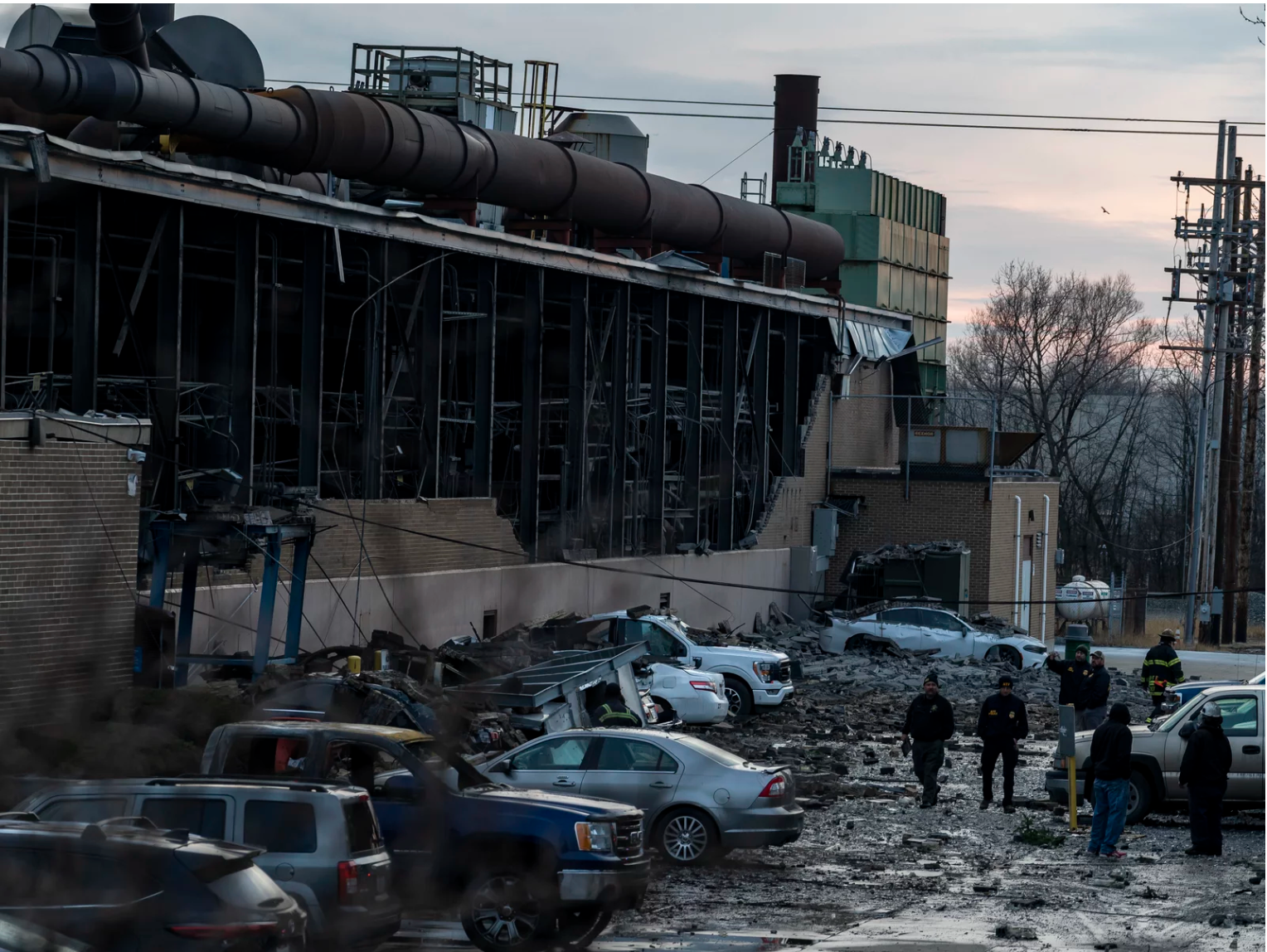Critical Gaps in the Sky: The Looming Aviation Maintenance Technician Shortage
Natalie Johnson
Posted 06/07/2023
2023 will be the summer of travel as airlines are already seeing rising ticket sales and the increase of “bleisure” among many Americans. Forbes reported that 49% of consumers plan to travel more in 2023 than years prior. But travel may be far from leisurely at the airport. As we saw during the pandemic, labor shortages and reduced fleets can lead to travel delays.
Have you ever been sitting on the tarmac waiting for the plane to take off when you hear the pilot make an announcement? Typically, it has something to do with the side of air travel we don’t see, maintenance.
Behind the scenes, maintenance technicians work long hours to ensure the smooth operation of planes across the globe. They are the backbone of the aviation industry, without their work planes would literally not be able to leave the ground. However, a combination of factors has led to a shortage of workers available to fill this vital position.
1. Retiring Baby Boomers
According to the Aviation Technician Education Council (ATEC), thirty percent of aviation technicians are at or close to retirement age with the average age of aviation technicians being 51 years old. Many workers near retirement age were encouraged to leave the profession when the pandemic hit as the demand for their services sharply declined.
2. Lack of Interest in Younger Generations
Boeing’s Pilot and Technician Outlook reported 610,000 new maintenance technicians will be needed for maintenance, repair, and overhaul services over the next twenty years. Of those, 134,000 technicians will be needed in North America alone. Production of aviation maintenance technicians will need to increase by at least 20% to meet the projected workforce demand. However, there is a lack of students enrolled in technical schools.

According to the ATEC, just 2% of the workforce are new employees. To combat this, Marshall University requested funding from the federal government. Their flight school and aviation maintenance technology program will receive $1 million from the Small Business Administration to continue supporting aviation workforce development.
Much of the funding will be used to support the Aviation Maintenance Technology program which began training students in the fall of 2022. The program allows students to obtain their associate’s degree and earn FAA certificates in airframe and powerplant maintenance.
Marshall University specifically notes the growth of the airline industry was a driving factor for the launch of their new program as nationwide predictions indicate nearly 10,000 aviation technicians will be needed each year for the next 20 years, yet current training capacity in the US can only produce 7,000 graduates each year, assuming there is full enrollment.
3. Pandemic
The above trends were present before the pandemic and are affecting maintenance technicians in all industries. However, the pandemic had a profound impact on the aviation industry significantly decreasing air travel in the last few years. Passenger traffic in April 2020 was 96% lower than in April 2019. The reduced travel demand led to many airlines parking their fleets and cutting maintenance staff.
While planes were sitting idle during the pandemic, maintenance crews focused on aircraft and engine preservation. Boeing’s report noted that “Despite a large number of aircraft in storage, technicians continue to play a vital role in ensuring the aircraft remain airworthy. Improper or incomplete maintenance could lead to corrosion, damaged wires, and other issues that lead to more extensive and expensive repairs.”
With the increased air travel this year, additional labor will be required to bring these planes back into service. Extensive maintenance for each aircraft can take one team several weeks to complete. New technology is also changing the way new generations of aircraft are maintained. Sensors and flight data allow maintenance providers to implement new predictive solutions, creating an additional need for technicians who can analyze and interpret the information.
The pandemic exacerbated an already impending labor shortage. Now that travel has ramped up, so has the demand for aviation maintenance technicians.
Combatting the Shortage
To combat the shortage of aviation maintenance technicians, airlines and flight schools must expand awareness of the industry and work to increase its allure to younger generations.
Many colleges like the Marshall Institute, have begun training aviation maintenance technicians in addition to pilots at their flight schools. Other community and technical colleges are working with the Aviation Technician Education Council to target middle and high school students.
Educating young students on the aviation industry and the many jobs it contains will hopefully pique their curiosity before they make formal decisions about their plans after high school. Some high schools are even partnering with local colleges to offer courses aimed at integrating the aviation curriculum into the high school curriculum. These efforts could potentially create a pipeline between public schools and FAA-certified schools which would greatly increase workforce development.
Oliver Wynman’s forecast on the global fleet and the MRO market noted the importance of diversity and modernization in attracting younger generations to the aviation maintenance field.
Less than 2.6% of maintenance technicians are women. Technical schools can create scholarships and other incentives for women to attend courses to boost enrollment. Appealing to this demographic and actively recruiting women will allow the aviation industry to fill open positions.

Modernizing maintenance roles may also help attract Gen Z workers. Younger generations grew up surrounded by technology, they want to utilize it in their workplace. MRO operations must incorporate modern technology into their daily routines. They must also consider modernizing their human resource models to cater to younger generations who are attracted to remote work, flexible hours, and solid benefits.
While attempting to increase the number of new technicians entering the workforce, the airlines must also ensure they retain current employees to help train the younger generation. To retain baby boomers considering retirement, many airlines have started offering flexible schedules. Experienced technicians are being invited to work as part-time consultants, teachers, and trainers to ensure the technical foundation of the workforce remains strong despite the large turnover expected in the coming years.
The shortage of maintenance technicians is industry wide, read more about the current talent shortage in the semiconductor industry.
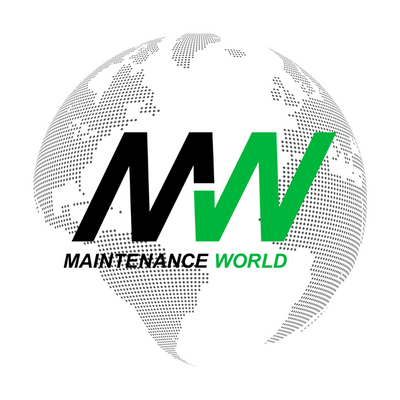
Midweek with Maintenance World
Looking for a midweek break? Keep up with the latest news brought to you every Wednesday by the Maintenance World crew.
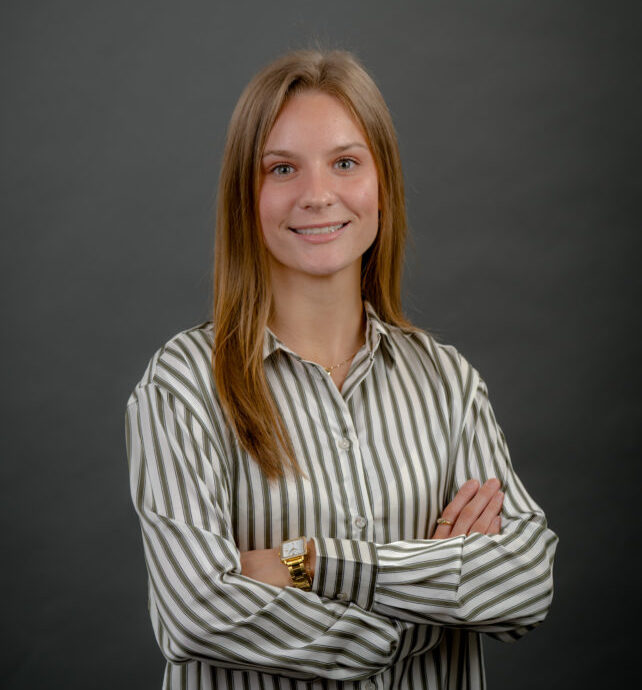
Natalie Johnson
Natalie Johnson is the previous editor/website administrator for MaintenanceWorld.com, and is currently a student at Campbell University Norman Adrian Wiggins School of Law.
Related Articles

Cardinal Manufacturing, Helping to Bridge the Manufacturing Skills Gap
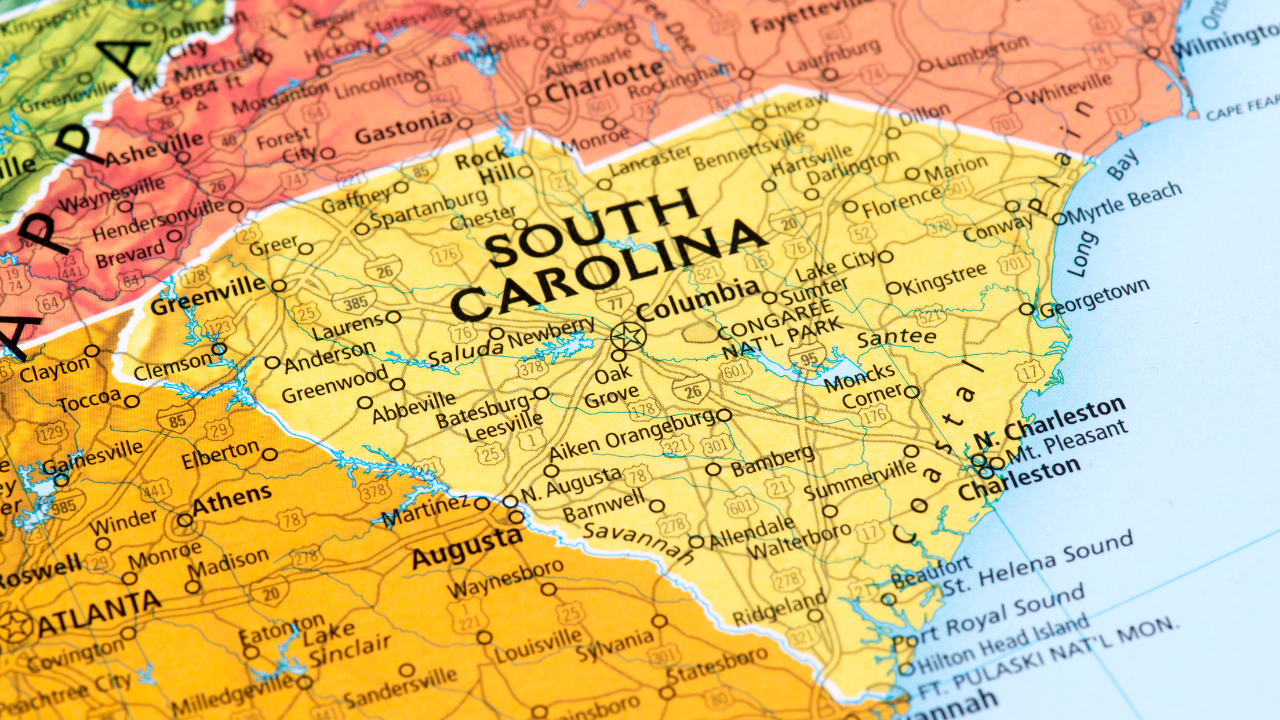
South Carolina Ranked as the #1 State for Manufacturing

The Decade of American Reshoring
Lost Radioactive Capsule Proves Preventive Maintenance is as Important as Ever

HBD Condition Monitoring Devices at the center of Ohio Derailment
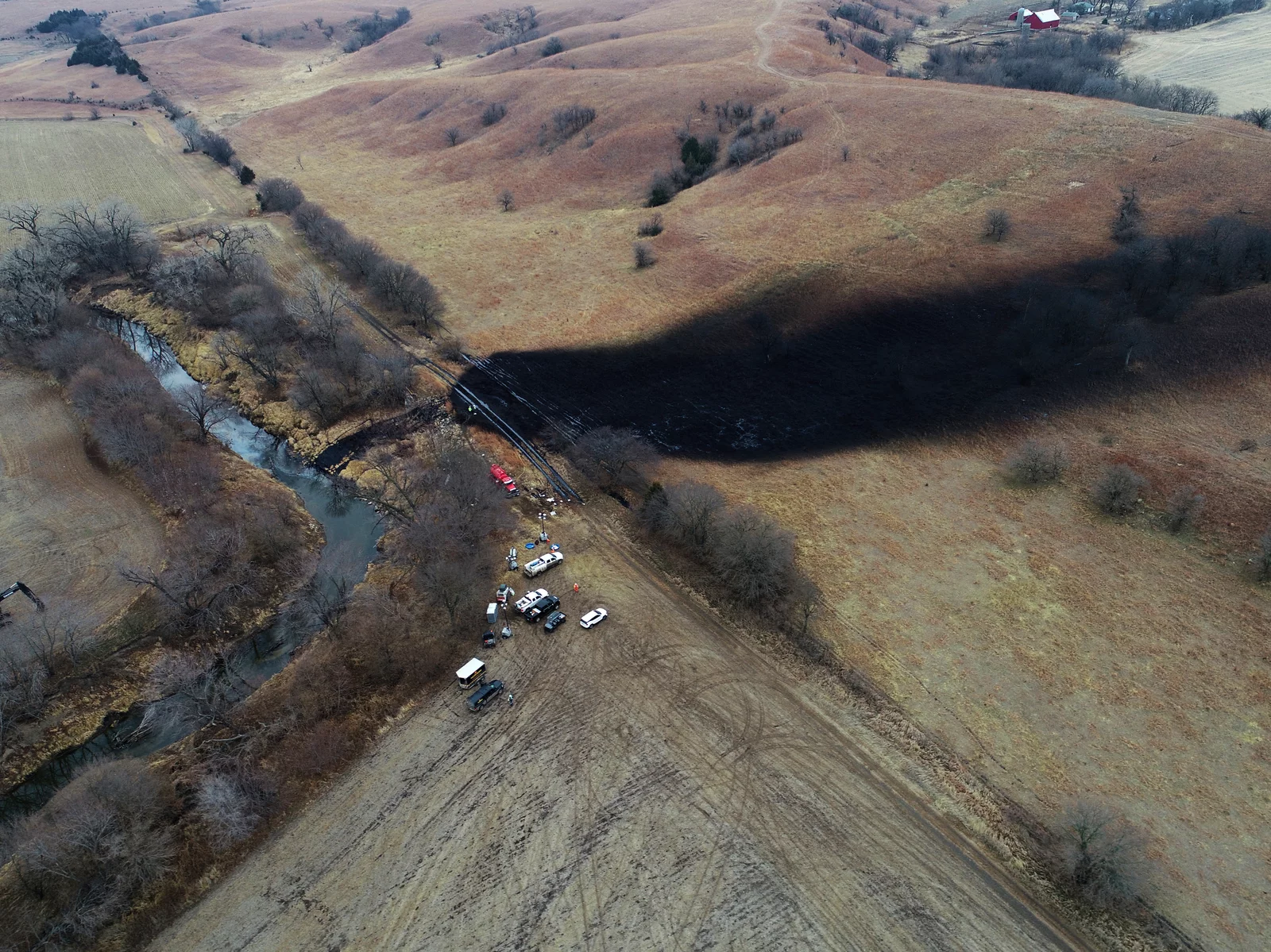
Failure Analysis Uncovers the Cause of the Keystone Oil Spill
